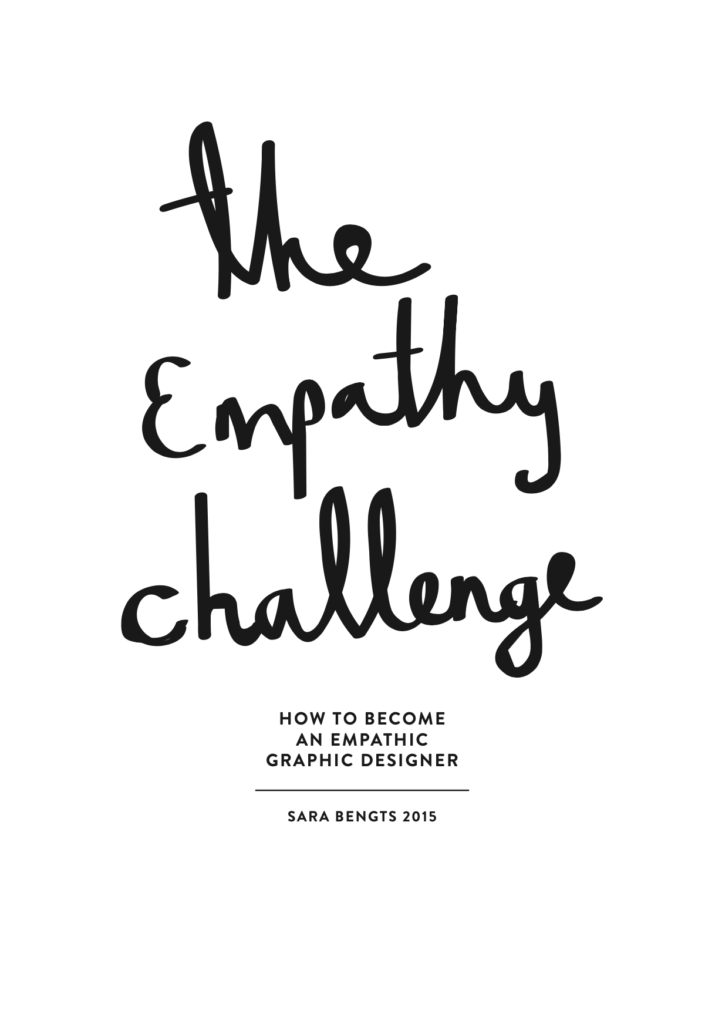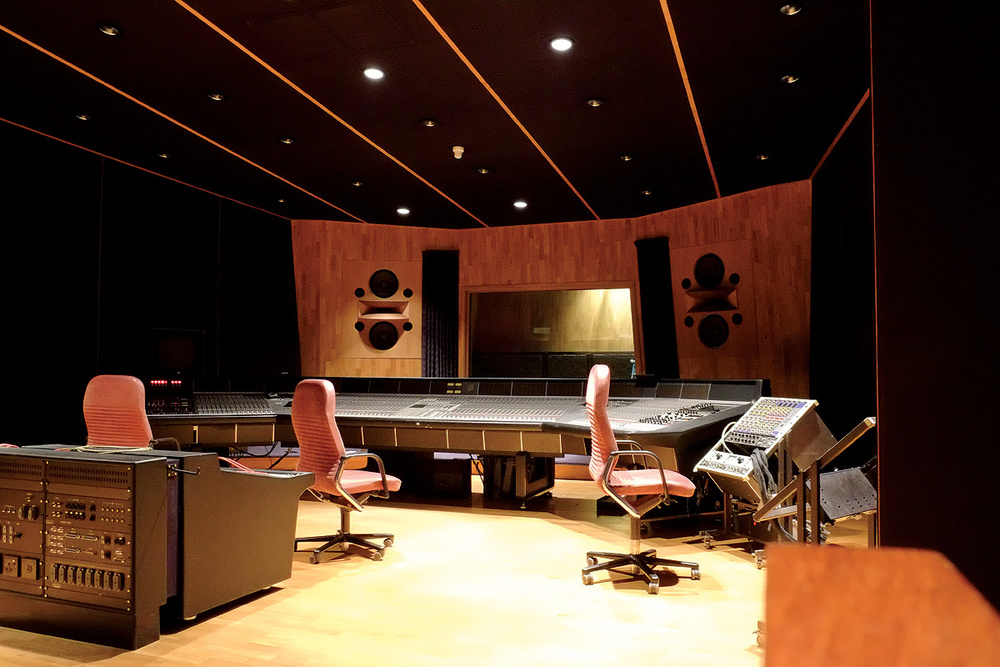Title: Compendium of Persuasive User Experience Design Techniques
Author: Bc. Miroslav Kolesár
University: Masaryk University Faculty of Informatics
Year: 2017
Die vorliegende Masterarbeit behandelt ‘Persuasive Design’ und dessen psychologischen Hintergrund. Ich habe sie gewählt, weil dies ein Teil meiner Masterarbeit sein wird.
The Master’s thesis is about ‘Persuasive Design’ and its psychological background. I chose it because this will be part of my Master’s thesis.
Gestaltungshöhe / Level of design
Die Masterarbeit ist graphisch nicht an das Thema angepasst. Es scheint eher eine Standardvorlage für wissenschaftliche Arbeiten zu sein. Der Text ist gut lesbar, der Zeilenabstand etwas zu gering. Manche Bilder sind im Text eingebunden, andere sind im Anhang nachzuschlagen. Das stört den Lesefluss.
The Master’s thesis is not visually adapted to the topic. It seems to be more of a standard template for scientific papers. The text is easy to read, but the line spacing is a bit too small. Some pictures are embedded in the text, others have to be looked up in the appendix. This disturbs the reading flow.
Innovationsgrad / Degree of innovation
Die Arbeit beleuchtet Persuasive Design Techniken von Grund auf. Die Inhalte sind zwar gut recherchiert und übersichtlich dargestellt, kommen jedoch in meinen Augen nicht über eine Zusammenfassung hinaus: Eine innovative, ungewöhnliche Perspektive auf das Thema finde ich weder im theoretischen noch im praktischen Teil.
The work examines persuasive design techniques from the ground up. The content is well researched and clearly presented, but in my eyes it does not go beyond a summary: I do not find an innovative, unusual perspective on the topic in either the theoretical or the practical part.
Selbstständigkeit / Independence
Ein praktisches Beispiel einer Webseite taucht in allen Kapiteln zur Veranschaulichung auf. Ich schätze, dass das die Arbeit des Autors ist, was auf seine Eigenständigkeit hindeutet. Inhaltlich nimmt er in der Arbeit immer wieder Bezug zu anderen Wissenschaftlern. Eine Überprüfung dieser Bezüge und seine eigenständige Sichtweise tauchen erst am Schluss auf.
A practical example of a website appears in all chapters for visualising the written content. I guess this is the author’s work, which indicates his independence. In terms of content, he repeatedly refers to other scientists throughout the work. A review of these references and his independent view only appears at the end.
Gliederung und Struktur / Outline and structure
Durch das oben genannte Beispiel (Webseite zur Veranschaulichung) lässt sich ein roten Faden in der Arbeit gut erkennen. Der Autor baut zu Beginn seine Kapitel logisch aufeinander auf. Im Mittelteil sind mir ein bis zwei Kapitel aufgefallen, die nicht unbedingt in den Lesefluss passen.
The example above (website for visualisation) makes it easy to see a common thread in the work. At the beginning, the author builds up his chapters logically. In the middle section, I noticed one or two chapters that do not necessarily fit into the reading flow.
Kommunikationsgrad / Degree of communication
Der Autor nutzt eine recht informelle Schreibweise. So wird zum Beispiel oft in der Ich-Person oder der Wir-Person geschrieben. Damit ist der Text leicht verständlich und gut lesbar – als wissenschaftlich würde ich ihn aber nicht unbedingt bezeichnen. Es werden Argumente teilweise nicht zu Ende geführt. Inhaltlich fehlt der Arbeit in meinen Augen eine ausführliche kritische Reflektion über dieses doch sehr ethische Thema/Problem – sie wird zwischendurch nur angerissen.
The author uses a rather informal style of writing. For example, he often writes in the first person or the we-person perspective. This makes the text easy to understand and read – but I would not necessarily call it a scientific writing style. Some arguments are not taken to their logical conclusion. In terms of content, I think the work lacks a detailed critical reflection on this very ethical topic/problem – it is only touched in some sections in the middle part.
Umfang der Arbeit / Scope of work
Der theoretische Part ist umfangreich und ausführlich recherchiert. Das Testing und der praktische Teil am Ende sind dagegen sehr kurz und oberflächlich gehalten. Es fehlt eine ausführliche Reflektion sowie Ausblick auf die Zukunft.
The theoretical part is comprehensive and researched on a broad scale. On the contrary the testing and practical parts at the end are very short and superficial. There is no detailed reflection or outlook on the future.
Orthographie sowie Sorgfalt und Genauigkeit / Orthography and accuracy
Der Autor hat einen sehr gut verständlichen und lesbaren Satzrhythmus. Ich habe sehr wenige Satzfehler gefunden. Die Fußnoten sind leider nicht direkt auf der Seite sondern nur im Anhang zu finden. Im Bildverzeichnis fehlen die Quellen gänzlich. Zu Beginn gibt es leider keinen Gender-Hinweis und die User werden durchgehend als ‘he/him’ bezeichnet.
The author has a very understandable and readable sentence rhythm. I found very few typo errors. Unfortunately, the footnotes are not directly on the page but only in the appendix. In the list of images, the sources are completely missing. Unfortunately, there is no gender reference at the beginning and the users are referred to as ‘he/him’ throughout the work.
Literatur / Literature
Der Autor hat breit recherchiert und aktuelle sowie etablierte Quellen genutzt. Er hat mehr online Artikel/Quellen als Bücher genutzt, was für die Thematik jedoch nachvollziehbar und gerechtfertigt ist.
The author has researched on a broad scale. He used current and established sources. He has used more online articles/sources than books, which is understandable and justified for this topic.













